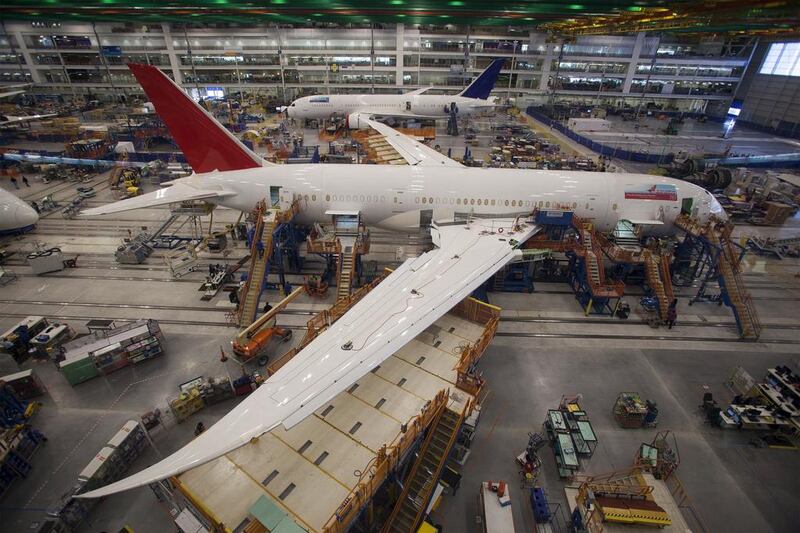Boeing has hired Norsk Titanium to print the first structural titanium parts for its 787 Dreamliner, the Norwegian 3D printing company said, paving the way to cost savings of US$2 million to $3m for each plane.
The contract is a major step in Boeing’s effort to cut the cost of its barely profitable 787 and a sign of growing industrial acceptance of the durability of 3D printed metal parts, allowing them to replace pieces made with more expensive traditional manufacturing in demanding aerospace applications.
Strong, lightweight titanium alloy is seven times more costly than aluminum, and accounts for about $17m of the cost of a $265m Dreamliner, industry sources say.
Boeing has been trying to reduce titanium costs on the 787, which requires more of the metal than other models because of its carbon-fibre composite fuselage and wings. Titanium also is used extensively on Airbus’ rival A350 jet.
“This means $2m to $3m in savings for each Dreamliner, at least,” starting in 2018 when many more parts are being printed, said Chip Yates, Norsk Titanium’s vice president of marketing.
Boeing declined to comment on the estimate but said Norsk’s technology would help to reduce costs.
Norsk worked with Boeing for more than a year to design four 787 parts and obtain US federal aviation administration (FAA) certification for them, Mr Yates said.
Norsk expects the US regulatory agency will approve the material properties and production process for the parts later this year, which would “open up the floodgates” and allow Norsk to print thousands of different parts for each Dreamliner, without each part requiring separate FAA approval, Yates said.
“You’re talking about tonnes, literally” on the 787 that would be printed instead of made with traditional, expensive forging and machining, he said.
General Electric is already printing metal fuel nozzles for a line of new aircraft engines. But Norsk and Boeing said the titanium parts are the first printed structural components designed to bear the stress of an airframe in flight.
Norsk said that initially it will print in Norway, but is building up a 6,220-square-metre facility in Plattsburgh in upstate New York, where it aims to have nine printers running by year-end.
* Reuters
business@thenational.ae
Follow The National's Business section on Twitter





